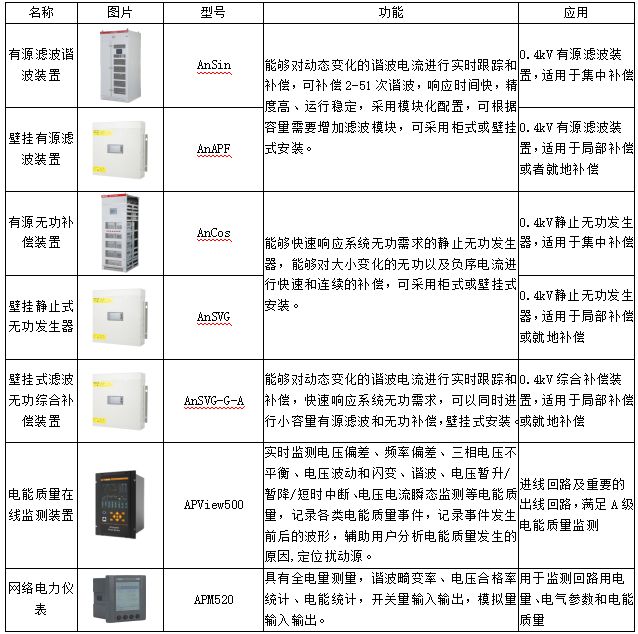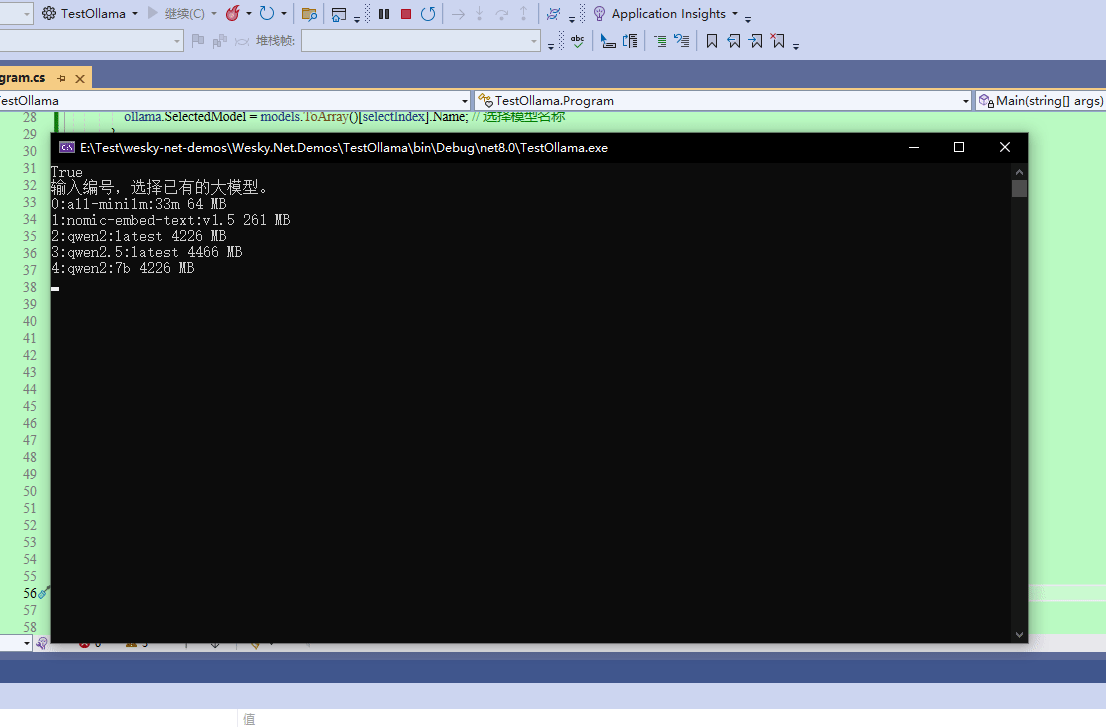搜索树
二叉搜索树又称二叉排序树,它或者是一棵空树,或者是具有以下性质的二叉树
- 若它的左子树不为空,则左子树上所有节点的值都小于根节点的值
- 若它的右子树不为空,则右子树上所有节点的值都大于根节点的值
- 它的左右子树也分别为二叉搜索树
搜索二叉树的操作
1.查找

public class BinarySearchTree {
class TreeNode{
TreeNode left;
TreeNode right;
public int val;
public TreeNode(int val){
this.val=val;
}
}
public TreeNode root;
public TreeNode search(int key){
TreeNode cur=root;
while (cur!=null) {
if (cur.val == key) {
return cur;
} else if (cur.val < key) {
cur = cur.right;
} else {
cur = cur.left;
}
}
return null;
}2.插入

public class BinarySearchTree {
class TreeNode{
TreeNode left;
TreeNode right;
public int val;
public TreeNode(int val){
this.val=val;
}
}
public TreeNode root;
public void insert(int key){
if(root==null){
root=new TreeNode(key);
return;
}
TreeNode parent=null;
TreeNode cur=root;
TreeNode node=new TreeNode(key);
while (cur!=null){
if(cur.val<key){
parent=cur;
cur=cur.right;
}else if(cur.val>key){
parent=cur;
cur=cur.left;
}else {
return; //插入不能插入两个相同的数
}
}
if(parent.val>key){
parent.left=node;
}else {
parent.right=node;
}
}3.删除
1. cur.left == null
- 1. cur 是 root,则 root = cur.right
- 2. cur 不是 root,cur 是 parent.left,则 parent.left = cur.right
- 3. cur 不是 root,cur 是 parent.right,则 parent.right = cur.right
2. cur.right == null
- 1. cur 是 root,则 root = cur.left 比特就业课
- 2. cur 不是 root,cur 是 parent.left,则 parent.left = cur.left
- 3. cur 不是 root,cur 是 parent.right,则 parent.right = cur.left
3. cur.left != null && cur.right != null
- 1. 需要使用替换法进行删除,即在它的右子树中寻找中序下的第一个结点(关键码最小),用它的值填补到被 删除节点中,再来处理该结点的删除问题



public class BinarySearchTree {
class TreeNode{
TreeNode left;
TreeNode right;
public int val;
public TreeNode(int val){
this.val=val;
}
}
public TreeNode root;
public void remove(int key){
TreeNode parent=null;
TreeNode cur=root;
while (cur!=null){
if(cur.val<key){
parent=cur;
cur=cur.right;
}else if(cur.val>key){
parent=cur;
cur=cur.left;
}else {
removeNode(parent,cur);
return;
}
}
}
public void removeNode(TreeNode parent,TreeNode cur){
if(cur.left==null){
if(cur==root){
root=cur.right;
}else if(cur==parent.left){
parent.left=cur.right;
}else {
parent.right=cur.right;
}
}else if(cur.right==null){
if(cur==root){
root=cur.left;
}else if(cur==parent.left){
parent.left=cur.left;
}else {
parent.left=cur.left;
}
}else {
TreeNode targetParent=parent;
TreeNode target=cur;
while (target.left!=null){
targetParent=target;
target=target.left;
}
cur.val=target.val;
if(targetParent.left==target){
targetParent.left=target.right;
}else {
targetParent.right=target.right;
}
}
}Map 和 Set 是常用的接口,分别用于表示键值对和不重复的集合
Map
Map.Entry<K, V> 是 Map 接口的一个静态嵌套接口,表示 Map 中的一个键值对(entry)。它提供了对单个键值对的访问,使得可以在遍历 Map 时处理每个条目。K 表示键的类型,V 表示值的类型。
import java.util.HashMap;
import java.util.Map;
public class Main {
public static void main(String[] args) {
Map<String, Integer> map = new HashMap<>();
map.put("Alice", 25);
map.put("Bob", 30);
map.put("Charlie", 28);
// 遍历 Map
for (Map.Entry<String, Integer> entry : map.entrySet()) {
String key = entry.getKey();
Integer value = entry.getValue();
System.out.println(key + ": " + value);
}
}
}

Map的常用的方法及使用

| V get(Object key) | 返回 key 对应的 value |
| V getOrDefault(Object key, V defaultValue) | 返回 key 对应的 value,key 不存在,返回默认值 |
| V put(K key, V value) | 设置 key 对应的 value |
| V remove(Object key) | 删除 key 对应的映射关系 |
| Set keySet() | 返回所有 key 的不重复集合 |
| Collection values() | 返回所有 value 的可重复集合 |
| Set<Map,Integer<K,V>> entrySet() | 返回所有的 key-value 映射关系 |
| boolean containsKey(Object key) | 判断是否包含 key |
| boolean containsValue(Object value) | 判断是否包含 value |
public class Test {
public static void main(String[] args) {
Map<String,Integer> map=new HashMap<>();
map.put("h",012);
map.put("p",123);
map.put("l",234);
map.put("k",456);
map.put("m",567);
map.put("n",789);
map.get(123);
map.get(234);
map.get(234);
map.get(567);
map.getOrDefault(123,5);
map.remove(123);
}
}注:
1. Map是一个接口,不能直接实例化对象,如果要实例化对象只能实例化其实现类TreeMap或者HashMap
2. Map中存放键值对的Key是唯一的,value是可以重复的
3. 在TreeMap中插入键值对时,key不能为空,否则就会抛NullPointerException异常,value可以为空。但 是HashMap的key和value都可以为空。
4. Map中的Key可以全部分离出来,存储到Set中来进行访问(因为Key不能重复)。
5. Map中的value可以全部分离出来,存储在Collection的任何一个子集合中(value可能有重复)。
6. Map中键值对的Key不能直接修改,value可以修改,如果要修改key,只能先将该key删除掉,然后再来进行 重新插入
Set
Set 是无重复元素的集合。Set 接口的常见实现有 HashSet、LinkedHashSet 和 TreeSet。其中,HashSet 无序,LinkedHashSet 按插入顺序保存,TreeSet 则按自然顺序排序。

Set常用的方法及其使用

public class Test {
public static void main(String[] args) {
Set<Integer> set=new HashSet<>();
set.add(123);
set.add(234);
set.add(345);
set.add(456);
System.out.println(set);
set.isEmpty();
set.remove(123);
set.remove(234);
set.remove(345);
set.remove(456);
System.out.println(set);
}注:
1. Set是继承自Collection的一个接口类
2. Set中只存储了key,并且要求key一定要唯一
3. TreeSet的底层是使用Map来实现的,其使用key与Object的一个默认对象作为键值对插入到Map中的
4. Set最大的功能就是对集合中的元素进行去重
5. 实现Set接口的常用类有TreeSet和HashSet,还有一个LinkedHashSet,LinkedHashSet是在HashSet的基础 上维护了一个双向链表来记录元素的插入次序。
6. Set中的Key不能修改,如果要修改,先将原来的删除掉,然后再重新插入
7. TreeSet中不能插入null的key,HashSet可以。
希望能对大家有所帮助!!!!!



















